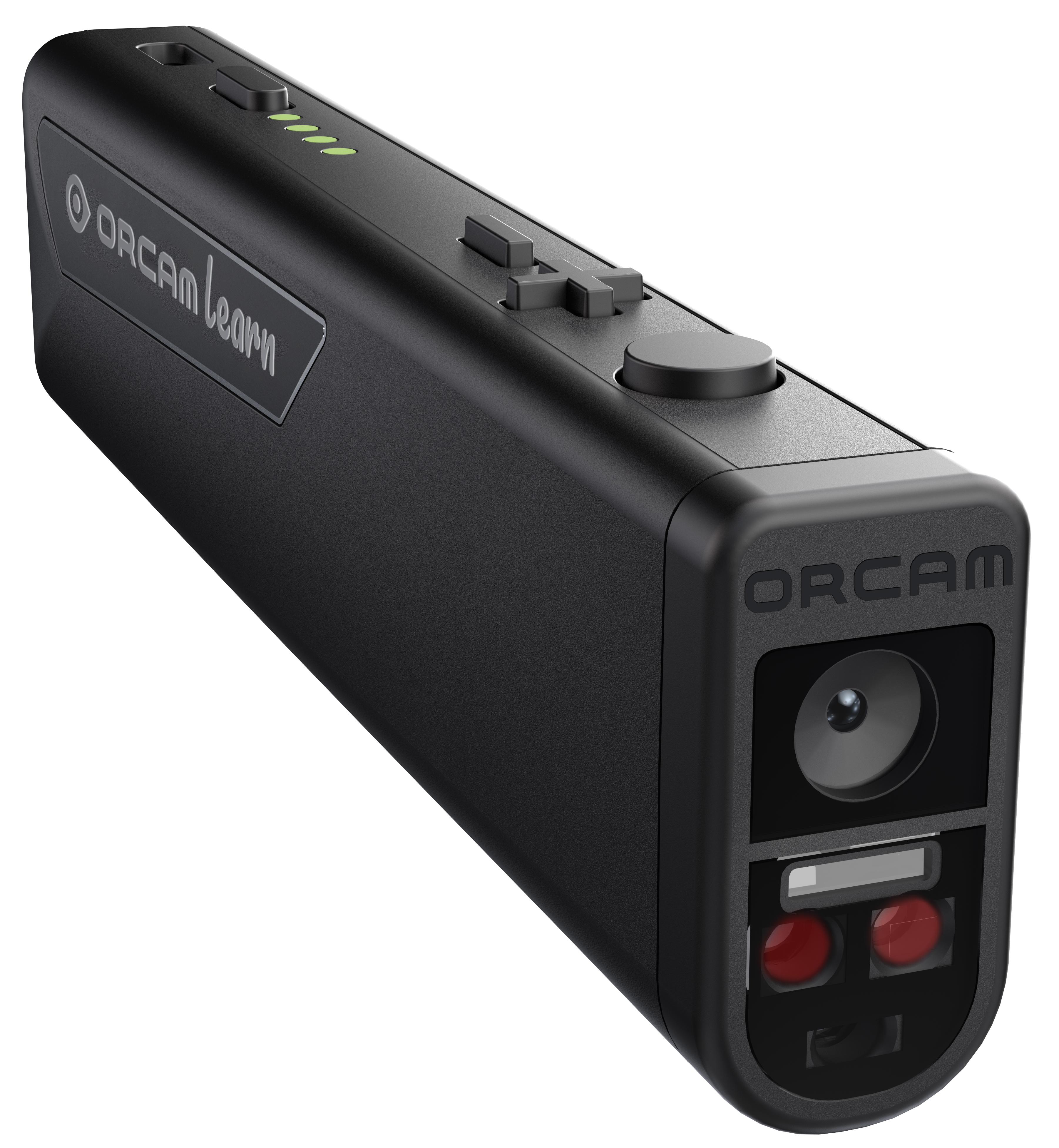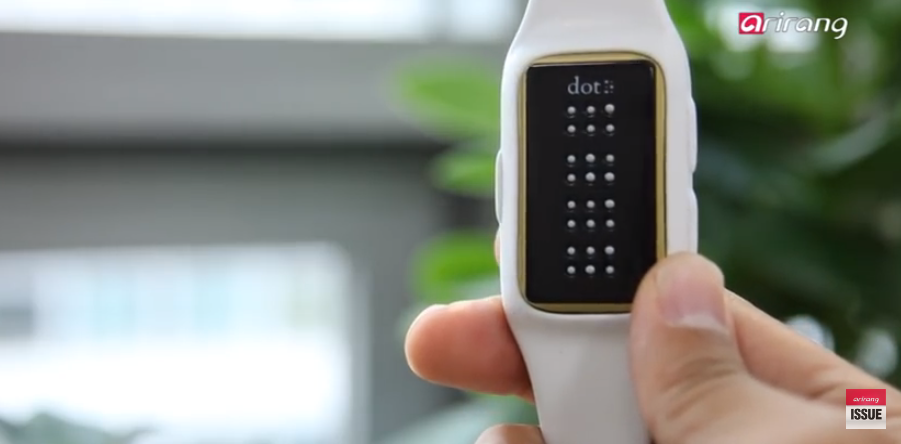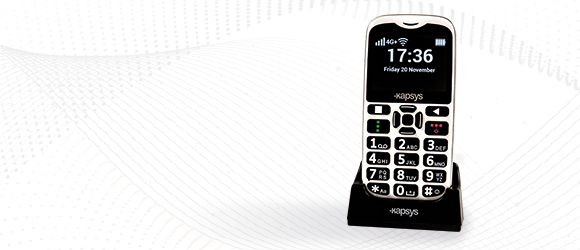Smart Glasses for the Visually Impaired: Breakthroughs in Vision Support
Wiki Article
Discover Innovative Tools Designed for the Visually Impaired
The advancement of innovative devices for the visually impaired stands for a considerable improvement in availability and independence. Technologies such as wise glasses with AI capabilities and mobile applications designed to provide auditory summaries are reshaping day-to-day experiences for individuals.Smart Glasses for Navigation

Smart glasses created for navigating are transforming the means aesthetically impaired individuals connect with their setting. These innovative gadgets utilize a mix of electronic camera modern technology, man-made intelligence, and acoustic feedback to give real-time information about environments. By employing barrier discovery systems, clever glasses can inform customers to prospective dangers, enabling more secure wheelchair in both acquainted and unfamiliar setups.
The assimilation of GPS modern technology further improves navigating capacities, permitting individuals to receive auditory directions as they move. This hands-free technique not just promotes self-reliance but additionally empowers aesthetically damaged people to browse metropolitan landscapes with raised self-confidence. Additionally, several wise glasses are geared up with functions that recognize spots and road signs, giving contextual information that improves the user experience.
In addition, the growth of these gadgets is continuously progressing, with business functioning to boost the precision of object acknowledgment and expand the variety of navigational features. As clever glasses become a lot more economical and obtainable, they hold the prospective to substantially change daily life for visually impaired individuals. Eventually, these cutting-edge devices represent a vital action towards inclusivity, offering boosted flexibility and a greater sense of autonomy for individuals browsing the globe around them.

Mobile Apps for Daily Living
Just how can mobile applications boost the lives of visually damaged individuals? Mobile applications are reinventing the method aesthetically impaired customers browse their settings, handle day-to-day tasks, and accessibility info. These applications offer essential assistance with numerous performances, promoting independence and improving high quality of life.Several cutting-edge mobile applications are designed especially for daily living. Apps like Be My Eyes attach aesthetically impaired individuals with sighted volunteers through video clip phone calls, allowing them to get real-time assistance with jobs such as checking out tags or browsing unfamiliar spaces. Likewise, Seeing AI, developed by Microsoft, uses expert system to describe environments, checked out message, and recognize objects, successfully transforming a smartphone into an effective device for day-to-day help.
Additionally, navigation apps customized for the aesthetically impaired, such as Aira and BlindSquare, offer audio-based directions and ecological details, enabling individuals to traverse their surroundings safely and confidently. Beyond navigation and prompt assistance, mobile apps also sustain organization and task management, with attributes that assist customers set suggestions, develop to-do listings, and track appointments. In summary, mobile applications serve as vital sources, encouraging visually damaged people to lead even more independent and satisfying lives.
Wearable Technologies for Assistance
Empowerment with technology is increasingly obvious in the realm of wearable devices developed to assist aesthetically impaired people. These cutting-edge tools integrate flawlessly into life, improving navigating and giving necessary comments to customers. Wise glasses equipped with video cameras can acknowledge faces and review text out loud, allowing customers to communicate more with confidence in social and expert setups.Another significant development is the use of haptic comments systems in wearable tools. These systems use vibrations or various other tactile signals to share details concerning the customer's setting, such as barriers or modifications in terrain, boosting flexibility and safety. Wearable modern technologies additionally include wristbands that connect to smart devices, informing individuals to notices via subtle vibrations, therefore enhancing connectivity without reliance on aesthetic cues.
As these innovations remain to evolve, they are not only boosting self-reliance for visually impaired people however additionally fostering a better feeling of inclusion in society. By connecting the space between challenges encountered Mobility aids for visually impaired users in day-to-day living and the capacity for freedom, wearable technologies function as critical devices in the pursuit for equality and empowerment for those with visual problems.
Audio Summary Tools
Audio description tools play an important duty in improving accessibility for aesthetically impaired people, offering them with the capability to engage with visual media. Voice-activated assistive devices. These tools use narrated summaries of key aesthetic aspects in films, tv shows, and live efficiencies, ensuring that users can fully understand the context and emotions conveyed with visualsSound summary can be integrated right into various systems, consisting of streaming solutions, movie theater screenings, and live movie theater. Several preferred streaming services currently include audio description as an access attribute, allowing viewers to select it easily. In addition to traditional media, specialized apps likewise exist, giving audio descriptions for art exhibits, galleries, and other cultural occasions.
The efficiency of audio summary pivots on the ability of the storytellers, who should communicate visual details succinctly without diminishing the original sound. Innovations in this area are likewise leading the way for even more personalized experiences, where individuals can change the degree of detail and pacing according to their choices.
Braille Innovations and Instruments
Braille gadgets and technologies have actually significantly transformed the means visually impaired people connect with text and details. Modern advancements have caused the advancement of versatile devices that improve literacy and self-reliance amongst individuals. Especially, Braille present technologies have developed, enabling dynamic analysis experiences. These devices convert digital message right into Braille, enabling customers to access a substantial selection of info on computers, smartphones, and tablet computers.
In addition, mobile Braille notetakers incorporate standard Braille input with modern-day functionalities, assisting in note-taking, scheduling, and file editing and enhancing on the move. Assistive technology for the blind. These portable tools commonly include text-to-speech abilities, linking the void in between Braille and auditory details
Furthermore, ingenious Braille printers have actually arised, enabling individuals to generate Braille tags, files, and instructional materials successfully. This ease of access cultivates higher participation in academic and expert settings, inevitably promoting inclusivity.
In addition, study into wise Braille modern technologies remains to expand. Devices that include artificial knowledge are being checked out to give real-time navigating aid and contextual details, enhancing the user experience in varied settings. In general, these advancements show a dedication to empowering visually impaired individuals via innovation, ensuring they can conveniently accessibility and engage with the globe around them.

Conclusion
The innovation of innovative devices for the visually impaired significantly enhances self-reliance and quality of life. Smart glasses, mobile applications, wearable innovations, audio description tools, and Braille innovations collectively encourage people by providing necessary navigation assistance, ecological understanding, and boosted reading experiences. These innovations not just foster greater inclusion however additionally promote freedom in daily activities, inevitably adding to a more equitable and obtainable society for aesthetically impaired individuals. Proceeded development in this field holds assurance for more improvements.As smart glasses end up being much more inexpensive and accessible, they hold the prospective to significantly transform everyday life for aesthetically damaged users. Mobile apps are changing the means aesthetically damaged individuals browse their atmospheres, manage day-to-day jobs, and access information. Applications like Be My Eyes connect visually damaged customers with sighted volunteers via video clip phone calls, enabling them to receive real-time aid with jobs such as checking out labels or browsing unknown spaces.In addition, navigating applications tailored for the aesthetically impaired, such as Aira and BlindSquare, use audio-based instructions and environmental details, enabling individuals to traverse their environments securely and confidently.The improvement of innovative devices for the aesthetically impaired considerably boosts self-reliance and quality of life.
Report this wiki page